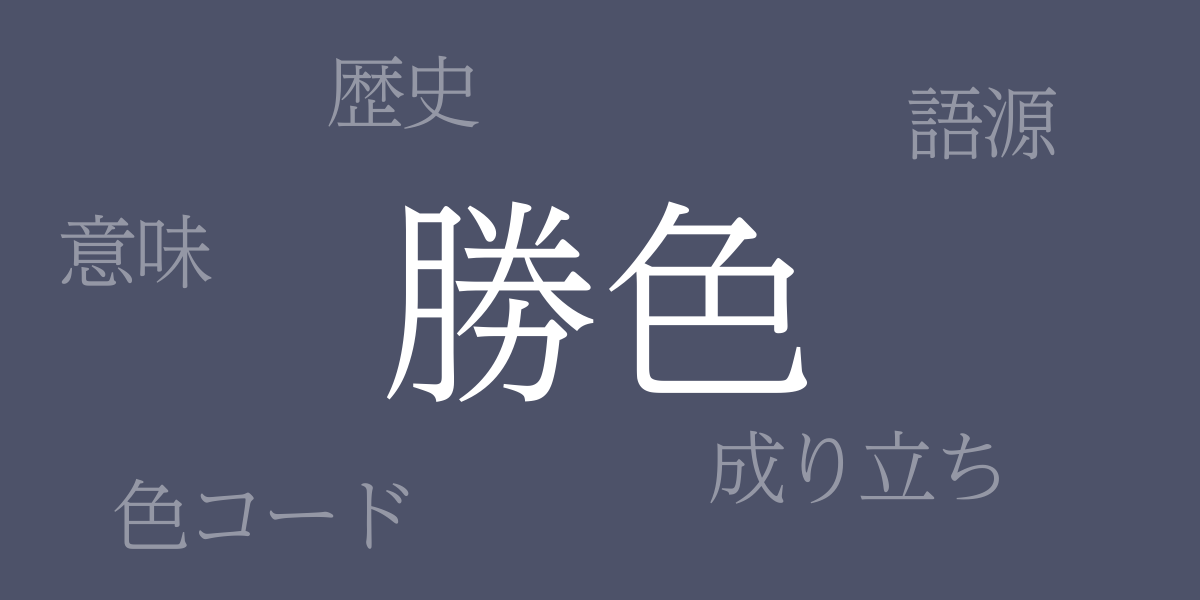Color mirrors culture, and Japan’s traditional color ‘勝色’ (かちいろ, Kachiiro, Victory Red) is a prime example. This vibrant color has been used throughout history as a symbol of Japanese aesthetics and victory. This article delves into the allure of 勝色, exploring its shades, history, and its applications in digital design.
About 勝色 (かちいろ, Kachiiro, Victory Red)
勝色 (かちいろ, Kachiiro, Victory Red) is one of Japan’s traditional colors, characterized by a vivid orange-tinted red. This color symbolizes energy and vitality, often used in traditional Japanese dyeing and garments. 勝色 is known as the color of victory, commonly favored in sports and competitive contexts.
History of 勝色 (かちいろ, Kachiiro, Victory Red)
The history of 勝色 dates back to the Heian period, where it was used in the garments and decorations of nobility. In the Sengoku period, it was favored by warlords, often used with the hope of victory. During the Edo period, it was also employed in the coats of firefighters, embraced by the common folk as a color of victory and safety.
Color Codes for 勝色 (かちいろ, Kachiiro, Victory Red)
To accurately reproduce 勝色 in digital designs, specific color codes are necessary. Listed below are the color codes for 勝色:
- HEX: #4D5269
- RGB: R:77 G:82 B:105
- CMYK: C:26.7 M:21.9 Y:0.0 K:58.8
Western Name for 勝色 (かちいろ, Kachiiro, Victory Red)
In the West, 勝色 is sometimes known as ‘Victory Red.’ This name directly translates to ‘victory’s red,’ aptly symbolizing vitality, passion, and triumph.
Summary of 勝色 (かちいろ, Kachiiro, Victory Red)
勝色, living up to its name as a symbol of energy and victory, has colored Japan’s history. From traditional dyeing techniques to modern designs, this color continues to be cherished by many. Using accurate color codes for digital design allows the charm of 勝色 to be shared worldwide, further celebrating its vibrant legacy.

























